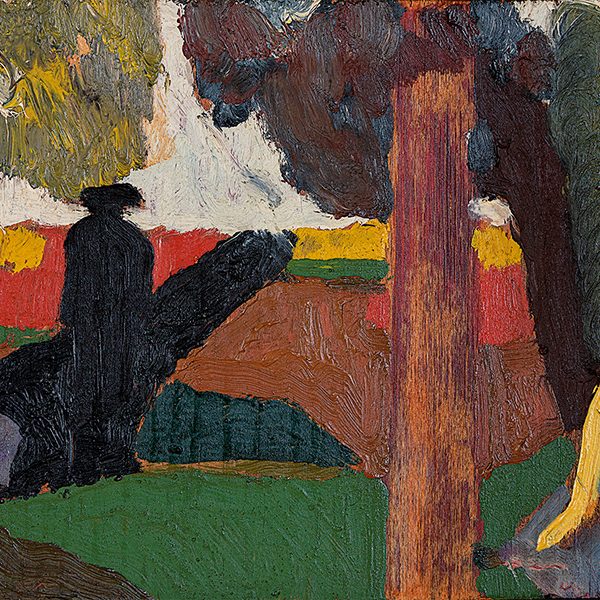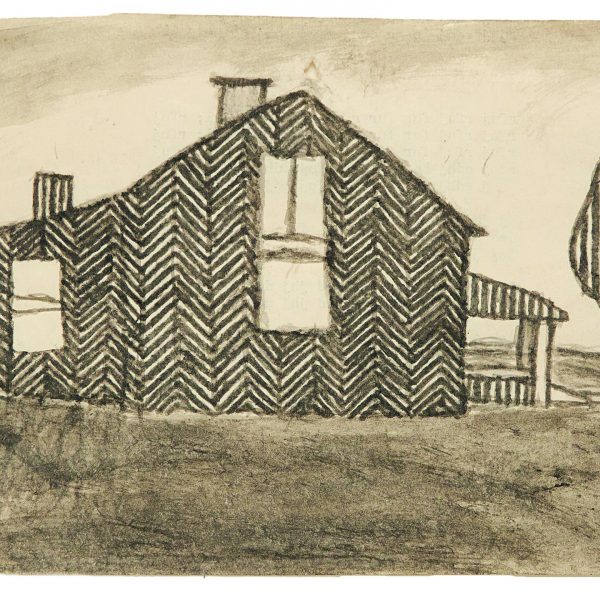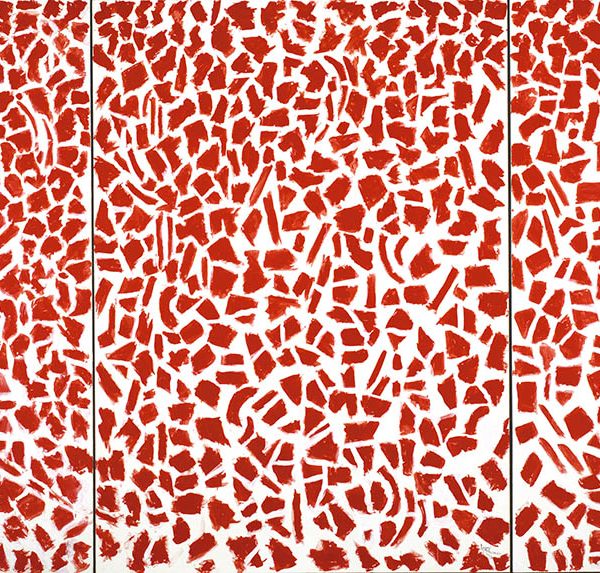The Art Department Takes Art and Appetite Home With Delicious Results
 A first: we have seized the opportunity to celebrate the publication of one of our art & architecture books with a cooking blog post! Art and Appetite: American Painting, Culture, and Cuisine, edited by Judith Barter and accompanying a marvelous exhibition of the same name currently on view at the Art Institute of Chicago, takes a fascinating look at depictions of food in American art, and shows how artists throughout American history have used food to express ideas about politics, race, class, and gender. The book’s chronological sweep is from colonial still lifes of the 18th century through Pop art of the 20th… and the book includes recipes from these time periods.
A first: we have seized the opportunity to celebrate the publication of one of our art & architecture books with a cooking blog post! Art and Appetite: American Painting, Culture, and Cuisine, edited by Judith Barter and accompanying a marvelous exhibition of the same name currently on view at the Art Institute of Chicago, takes a fascinating look at depictions of food in American art, and shows how artists throughout American history have used food to express ideas about politics, race, class, and gender. The book’s chronological sweep is from colonial still lifes of the 18th century through Pop art of the 20th… and the book includes recipes from these time periods.
As we paged through the book, rapt, we found ourselves equally drawn to the engaging essays, the images of artworks by artists ranging from John Singleton Copley, Lilly Martin Spencer, and William Merritt Chase to Alice Neel, Wayne Thiebaud, and Roy Lichtenstein (among many others), and the recipes for such edibles as Portable Soup, Blancmange, Succotash à la Tecumseh, and Compote of Green Gooseberries.
We determined to try one of the recipes, ruling out to begin with the ones calling for relatively hard-to-come-by ingredients or equipment (terrapin, entire calves’ heads, otter, large Cauldrons) and eventually settled on a recipe for Sweet Potato Pudding, which sounded manageable, delicious, and seasonally appropriate. The recipe, originally published in Mary Randolph’s The Virginia Housewife: or, Methodical Cook (1824), reads, in its entirety:
Boil one pound of sweet potatoes very tender, rub them while hot through a colander; add six eggs well beaten, three quarters of a pound of powdered sugar, three quarters of butter, and some grated nutmeg and lemon peel, with a glass of brandy; put a paste in the dish, and when the pudding is done, sprinkle the top with sugar, and cover it with bits of citron. Irish potato pudding is made in the same manner, but is not so good.
Two members of our department met over the weekend recently to discuss what seemed to us to be certain holes in the instructions, determine what a “paste” might be, and make the pudding. The first half of the recipe seemed quite clear and straightforward – we weren’t overly daunted by the quantities of “some” nutmeg (we used about ½ teaspoon of freshly grated nutmeg) and lemon peel (we used the zest of one lemon) and “a glass” of brandy (we used a dainty little etched aperitif glass, approximately 2 tablespoons of brandy).
We were somewhat perplexed by what was meant by the “paste” we should put in our dish, and, truth be told, we consulted the internet to learn that this would have been a pastry, or crust. Absent a recipe for the paste, we used a favorite pie crust recipe. After agreeing that helping the pudding to achieve a state of done-ness should involve baking (we went with a 375 degree oven, and it took just shy of an hour to seem done), we were ready to go. The slideshow below documents our efforts.
The pudding was delicious.
Stay tuned for an opportunity to win a copy of this magnificent book…



























I loved this…as a master gardener and an artist (beginner), I am excited to see the recognition between art/food. My specialty as a M.G. is herbs…growing, harvesting, storing, cooking with herbs. In the South, this recipe would be referred to as “Sweet Potatoe Pie”. I make “Sweet Potatoe Bread”, as well as, the pie. I will try this recipe!
What a great way to celebrate Art and Appetite! I am pleased to say that the book does include a recipe for paste. See “To Make Puff Paste” on page 53.